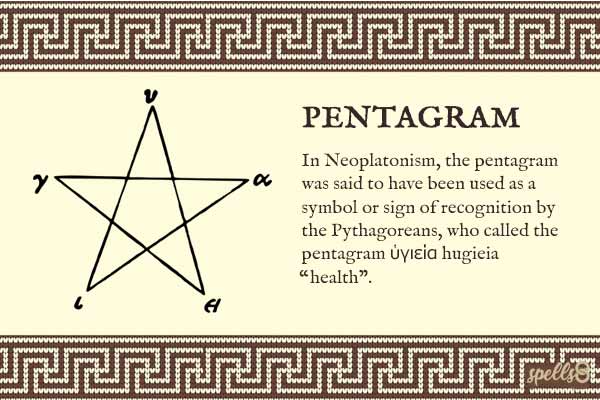Mankind has always received the ineffable, both in smaller and bigger settings as well. Overlording demands by one dominant culture is not really intended, and so Theosophy had its striking presentation tailored for the colonial period of the 1800s.
Western authoritarianism, was so intense that only the many incarnating scientist, (over recent centuries), and in sufficient numbers, could stave off the incredulous, satanist lies:
Periodically incarnated teachers in the draconian west were forced underground into secret orders, and so little evidence of this was found, because their existence and teachings were bound up in vows of absolute silence, (for physical saftey reasons). However HPB's work marked the beginning of sharing esoterics, (not to be confused with the occult). Yet fascinating terms do get borrowed and localized here and there, (which could be expected in this world of much confusion).... sin as a crime against an infinite being who “because of his righteousness cannot forgive” but demands eternal punishment in everlasting hell...
.... the promise of forgiveness for crimes of all kinds that has had a stifling effect. Why make any efforts? You will go to heaven anyhow. Besides, you should “not try to be saved by your own work”... passivity, believe that god does everything ... only pray, and then god does all the rest.
Our age is relieved of the barbaric repression of those who would utter common sense about all existence, which might differ a little from the powers that be. We are free to pick and choose what we want to work with, but we are stuck on this difficult plane of existence, repeatedly, reincarnating according to our sowing and reaping, until we get over various kinds of degrading illusions, or illusoriness.
Higher worlds are untainted by lower worlds, but do bear certain responsibilities, not to interfere with natural, (human made), evolution while providing some sorts of allowable duties, before, and in turn, evolving to yet higher worlds above them, in a succession of higher evolution...
I'm lightly paraphrasing hylozoics here, initiated by Pythagoras, whose teachings were kept mostly hidden away, and finally explained more in depth by an unknown teacher of the 1900s, who was posthumously published online at no cost for full PDF downloads, mostly after the year 2000. This is esoterics, in the sense that few will read it deeply, with a mind to practice what was understood, e.g.
...the law of development, the law of self-realization, and the law of activation are different aspects of the same law. It is up to the individual to acquire all the qualities and abilities, activate consciousness in his envelopes by himself, ascend the whole series of ever higher levels of development himself. Nothing is given to us. Everything is self- acquisition. Nothing can change that arrangement.
- Home
- Forum
- Chat
- Donate
- What's New?
-
Site Links

-
Avalon Library

-
External Sites

- Solari Report | Catherine Austin Fitts
- The Wall Will Fall | Vanessa Beeley
- Unsafe Space | Keri Smith
- Giza Death Star | Joseph P. Farrell
- The Last American Vagabond
- Caitlin Johnstone
- John Pilger
- Voltaire Network
- Suspicious Observers
- Peak Prosperity | Chris Martenson
- Dark Journalist
- The Black Vault
- Global Research | Michael Chossudovsky
- Corbett Report
- Infowars
- Natural News
- Ice Age Farmer
- Dr. Joseph Mercola
- Childrens Health Defense
- Geoengineering Watch | Dane Wigington
- Truthstream Media
- Unlimited Hangout | Whitney Webb
- Wikileaks index
- Vaccine Impact
- Eva Bartlett (In Gaza blog)
- Scott Ritter
- Redacted (Natalie & Clayton Morris)
- Judging Freedom (Andrew Napolitano)
- Alexander Mercouris
- The Duran
- Simplicius The Thinker





 Reply With Quote
Reply With Quote








Bookmarks